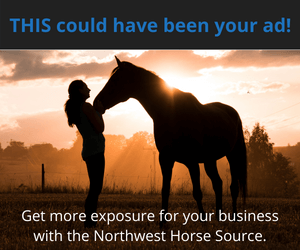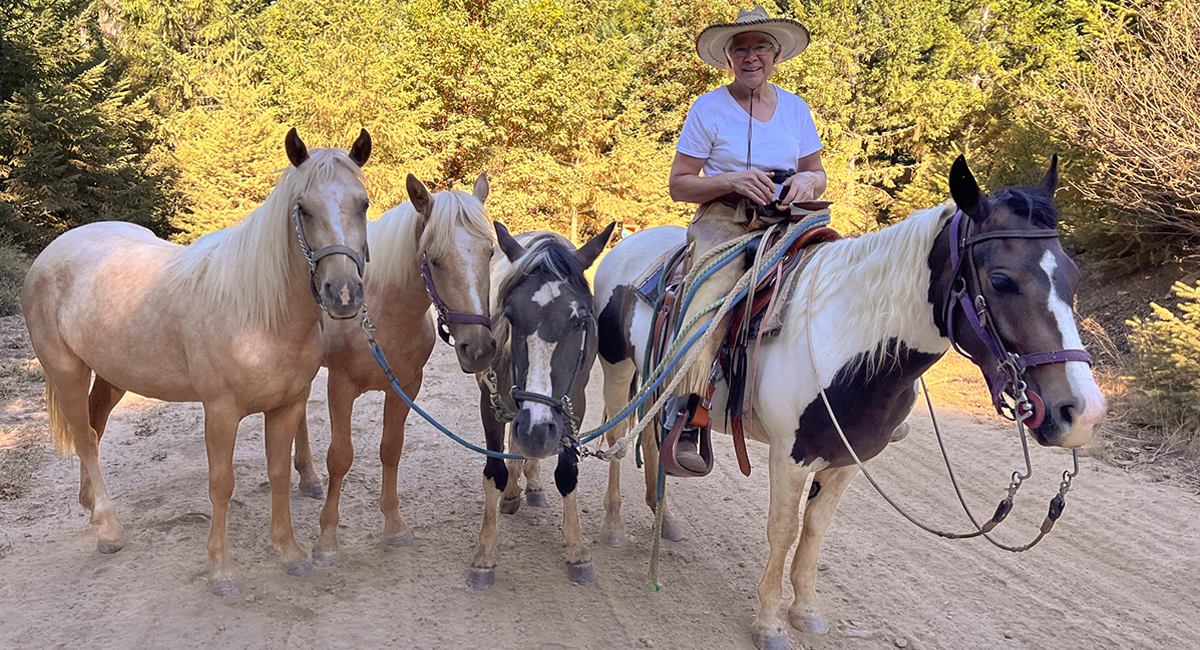Know What’s Necessary to Bring a Wild Horse Home
Horses go by horse rules, and respect for human beings is not one of them. Wild mustangs speak the same language as other horses, but up until capture they have a clean slate as far as people are concerned. Personally, I find that helpful in taming them. After adopting four mustangs in 1983, I was addicted.
I’d like to write about safety when taming mustangs, but first I’ll explain some facts about the visit to Bureau of Land Management (BLM) holding facilities. If you plan on bringing a horse home, be sure you have the required and correct facilities to house your new horse and know the measurements of the corral you plan to keep your horse in when you fill out your application on site.
Regardless of whether your farm or ranch has been inspected by a BLM employee or not, make sure you have 6-foot tall sturdy fences and not too large of an area. It’s not common, but some wild horses have jumped out of 6-foot tall corrals. I know of one long yearling who did, and the Palomino Valley BLM facility has a picture on their office wall of a horse jumping over such a fence.
Your horse trailer should be in good repair so you can make it home safely and the description of your trailer will be on your BLM adoption application. Mechanical issues with your truck should be fixed before even considering picking up a horse. A mechanical breakdown with wild horses in the trailer is obviously a major problem.
The work of BLM employees is not easy. Be patient and be respectful of the time they spend with you while you choose your horse. Rely on their expertise if you have questions. They are simply doing their job and upholding the Wild and Free-Roaming Horses and Burros Act of 1971 signed into law by President Nixon. This law requires the protection, management, and control of wild free-roaming horses and burros on public lands. BLM must deal with opposition while they are doing their job.
Typically, you’ll view the horses in the large paddocks, so bring binoculars and paper to write down the horse’s numbers displayed on your potential pick (the first three numbers are the most important). Write down the horse’s color and markings as well, which will help if you don’t get all the numbers.
When you view the horses in the large spacious pens, there is no way to tell what their dispositions will be once they are tamed and trained. I’ve watched horses who were very nasty with others in the large corrals, and after I tamed them, they were excellent riding and driving horses. The same applies when they are in the chutes. The worst behaved in the chutes, rearing and fighting the haltering process, might be easy to tame. I’ve also had calm, easygoing ones in the chutes be the most difficult to tame. BLM mustangs come in every size, shape, color, age, height, and disposition you could want (or not want).
The BLM wranglers may allow you to make the choice to halter or not, or use a drag rope or not. Bring your supplies with you in various sizes. BLM allows a rope halter with a drag rope. If you have doubts that you will be able to train the horse to lead in good time and get that rope off, I’d recommend a web halter which will be better for sensitive facial areas with the drag rope.
If you have two loose horses in the trailer together with drag ropes, keep in mind that as they go around each other, the rope could get around the hind legs and cause quite a stir as well as fear that will take a lot of work to train out of them. If possible, separate them with the middle stock trailer gate or put shorter drag ropes on if you want a rope on them.
Once your horse is home the real training begins!
See this article in the October 2024 Online Digital Edition:
October 2024

In 1983, Karen Batt could only afford to adopt two BLM wild mustangs at $215 each instead of buying a domestic horse. Fees then dropped to $125. From that adventure, she became addicted to taming wild horses. Karen Batt has all the private care and maintenance contracts from that year, as well as having documented every wild horse she’s ever tamed. Batt currently lives in Southwest Oregon and can help you tame your wild horse. [email protected]






